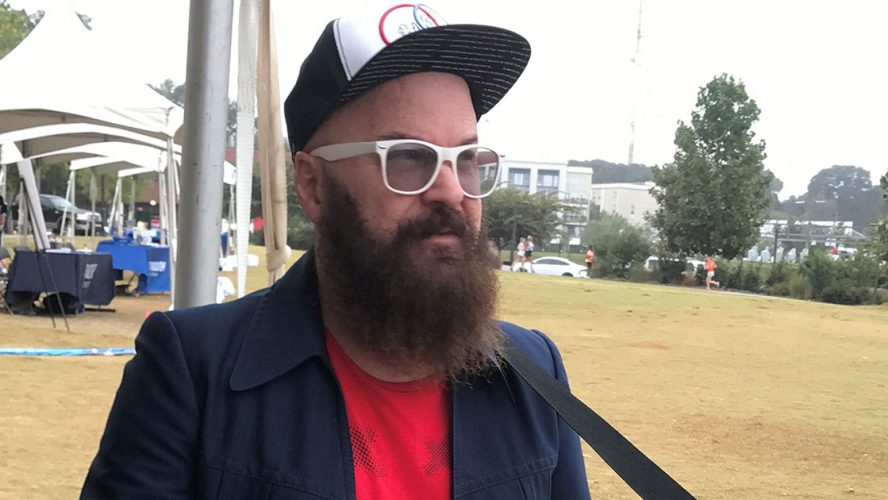In April 2016 singer-songwriter Angie Aparo was having a stroke in the parking lot of his chiropractor’s office, where he drove when a piercing headache set in.
“I made it to the door of the chiropractor’s office, stumbling a bit, and when I entered, she knew I was having a stroke and called an ambulance,” recalls Aparo, 55, of Hilton Head Island, South Carolina. “Because it’s such a small island, within 30 minutes I had blood thinners in me and that saved me.”
Recognizing the need for speed
Aparo, who would go on to write songs inspired by his stroke experience, received the tissue plasminogen activator tPa — a clot-busting drug that must be administered within three hours of the onset of stroke symptoms.
“Angie’s story is an example of why it’s important to call 9-1-1 as soon as you suspect someone is having a stroke,” says Robyn Moore, CEO of the National Stroke Association. “Stroke is a brain attack, and for each minute a stroke goes untreated and blood flow to the brain continues to be blocked, a person loses about 1.9 million neurons. This could mean that a person’s speech, movement, memory and so much more can be affected.”
Increasing FAST awareness
Moore cites a survey which found that fewer than one in five Americans could correctly name all the warning signs of stroke. “The public is alarmingly uninformed about stroke,” says Moore. “It’s vital that the public be aware of stroke’s symptoms and act fast to get someone experiencing a stroke to an emergency room.”
The American Stroke Association recommends the FAST acronym as an easy way to remember and identify the most common symptoms of a stroke. FAST stands for:
- F — FACE: Ask the person to smile. Does one side of the face droop?
- A — ARMS: Ask the person to raise both arms. Does one arm drift downward?
- S — SPEECH: Ask the person to repeat a simple phrase. Is their speech slurred or strange?
- T — TIME: If you observe any of these signs, call 9-1-1 immediately.
Getting everyone involved
“Stoke can happen to anyone at any time,” says Moore, who points out that there was a 44 percent spike in the number of young Americans — under 45 years old — hospitalized due to stroke over the last decade. Yet 73 percent of younger Americans are not familiar with stroke symptoms and the need for urgent medical attention.
“It is critical that we educate younger Americans about stroke, which is the fifth leading cause of death in the United States and a leading cause of long-term disability in adults,” says Moore.
As for Aparo, he recently released an album and continues to perform. “Having a stroke was an opportunity to sit and meditate for six months while I healed,” he says. “In some ways, the stroke was a blessing.”

